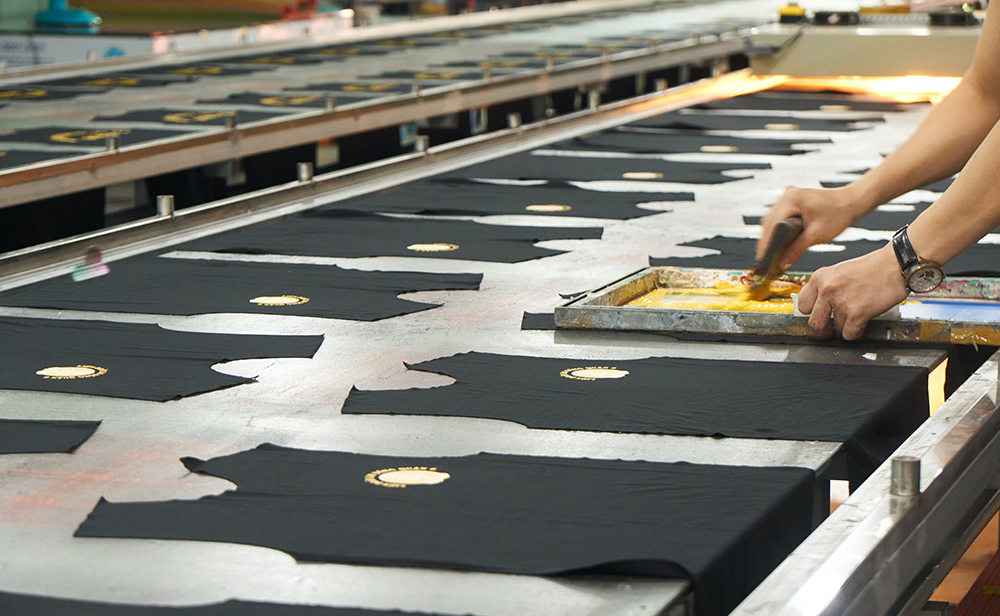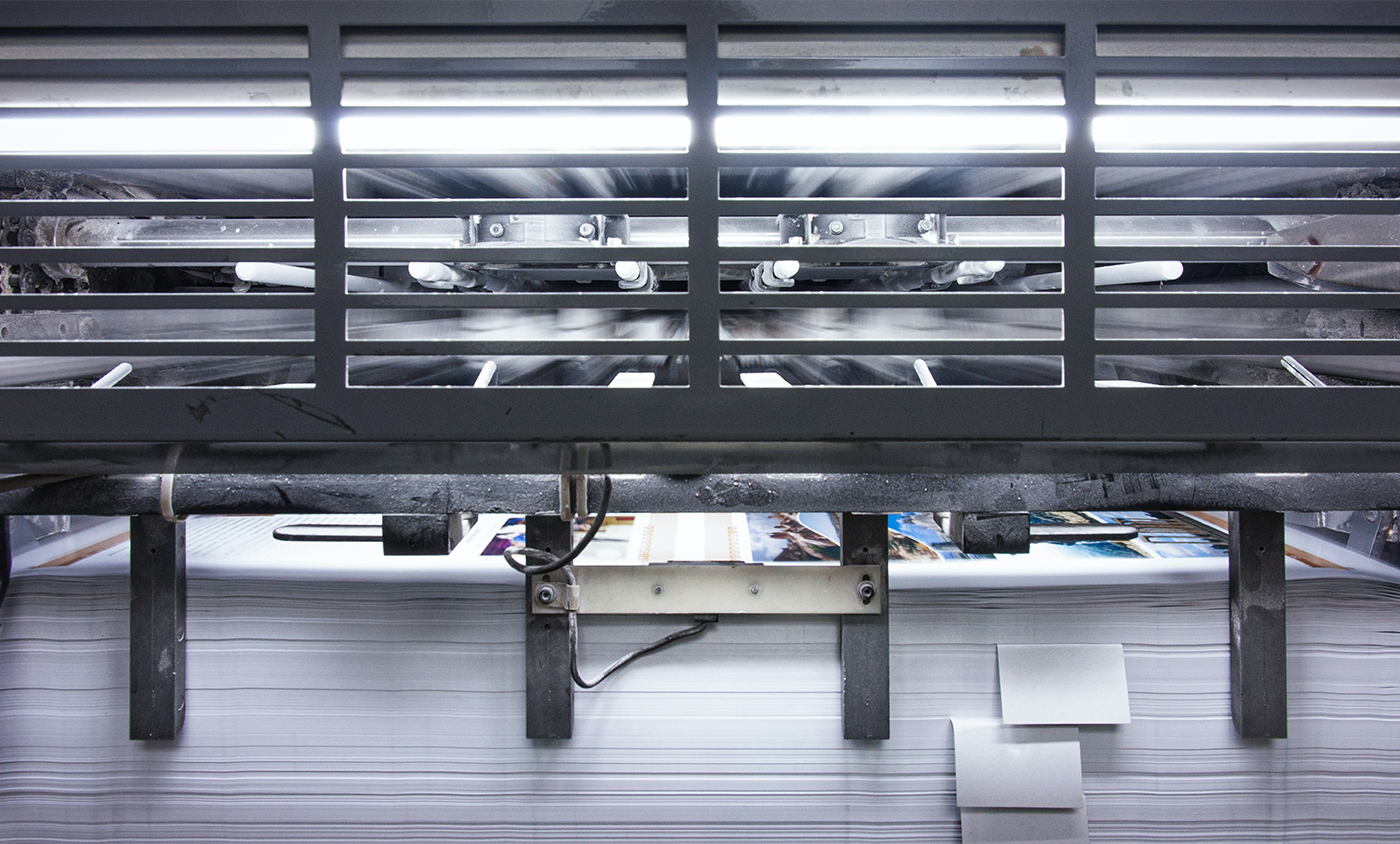Unveiling Screen Printing, Color Printing, Hot Stamping, and Heat Transfer
In the world of design and branding, the choice of printing technique is a crucial determinant of how your creations come to life. Each printing method adds its own unique touch, enhancing the visual appeal and impact of your projects. In this comprehensive exploration, we’ll delve into four distinct printing techniques – Screen Printing, Color Printing, Hot Stamping, and Heat Transfer – shedding light on their characteristics, applications, and the creative possibilities they unlock.

Screen Printing: Craftsmanship and Versatility
What is Screen Printing?
Screen printing, also known as silkscreen printing, involves transferring ink through a mesh screen onto the substrate. It’s a versatile technique capable of delivering vibrant colors and intricate designs.
Applications:
- Apparel: Screen printing is popular for creating vibrant and durable designs on clothing.
- Posters and Art Prints: Its versatility makes it suitable for reproducing detailed artwork with precision.
- Promotional Items: From tote bags to water bottles, screen printing adds custom branding to various products.
Color Printing: Captivating and Vivid
What is Color Printing?
Color printing, often referred to as full-color or CMYK printing, employs four ink colors – cyan, magenta, yellow, and black – to create a wide spectrum of hues through color mixing.
Applications:
- Marketing Collateral: Color printing brings marketing materials to life with accurate color reproduction.
- Brochures and Catalogs: Complex designs and vibrant images are accurately replicated.
- Packaging: Captivating packaging designs are achieved with high-quality color fidelity.
Hot Stamping: Elegance and Embellishment
What is Hot Stamping?
Hot stamping involves transferring a metallic or colored foil onto a surface using heat and pressure. It adds an element of luxury and sophistication to designs.
Applications:
- Branding and Logos: Hot stamping elevates brand logos and text on packaging and promotional materials.
- Stationery: Business cards and invitations acquire a touch of elegance through metallic foiling.
- Specialty Packaging: Luxury products benefit from hot stamping’s premium embellishments.
Heat Transfer: Personalization and Innovation
What is Heat Transfer Printing?
Heat transfer printing involves applying heat to transfer pre-printed designs onto a substrate. It’s ideal for customizing products with intricate designs.
Applications:
- Apparel Customization: Personalized t-shirts, hoodies, and accessories showcase unique designs.
- Home Décor: Customized cushions, blankets, and wall art add a personal touch to living spaces.
- Promotional Items: Heat transfer allows intricate logos and artwork on a variety of items.
Choosing the Right Technique: Factors to Consider
- Design Complexity: Assess the intricacy of your design – some techniques excel with intricate details, while others are better suited for bold and simple designs.
- Substrate Material: Different materials react differently to printing techniques, so select one that suits the surface you’re working with.
- Quantity: Consider the volume of items you need to print. Some techniques are more efficient for larger quantities, while others cater to smaller batches.
- Budget: Each technique has its cost implications. Evaluate your budget and determine the technique that aligns with your financial considerations.
In Conclusion: Elevating Your Creations
Each printing technique has its own charm and capabilities, enabling you to add layers of uniqueness and individuality to your designs. Whether you opt for the craftsmanship of screen printing, the vividness of color printing, the elegance of hot stamping, or the innovation of heat transfer, your choice will shape the way your creations connect with your audience. By understanding the strengths and applications of each technique, you can make an informed decision that transforms your concepts into captivating realities.



